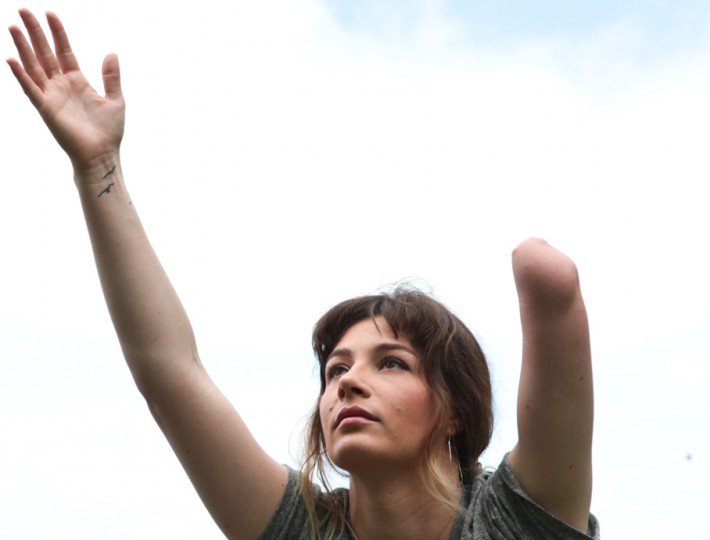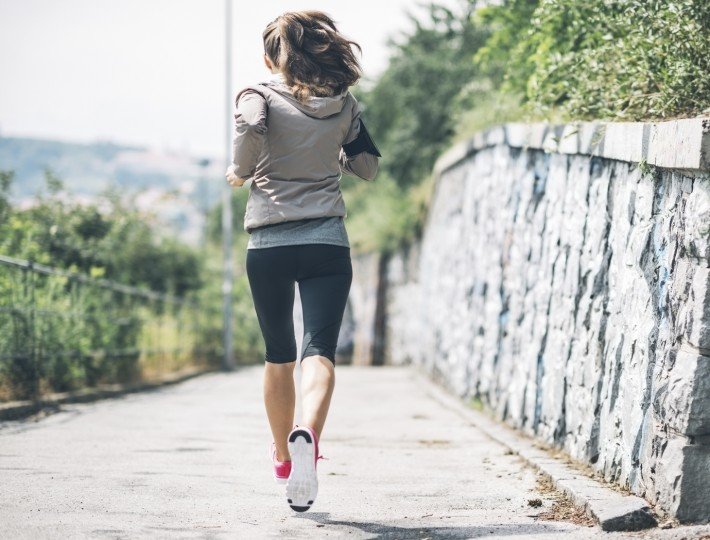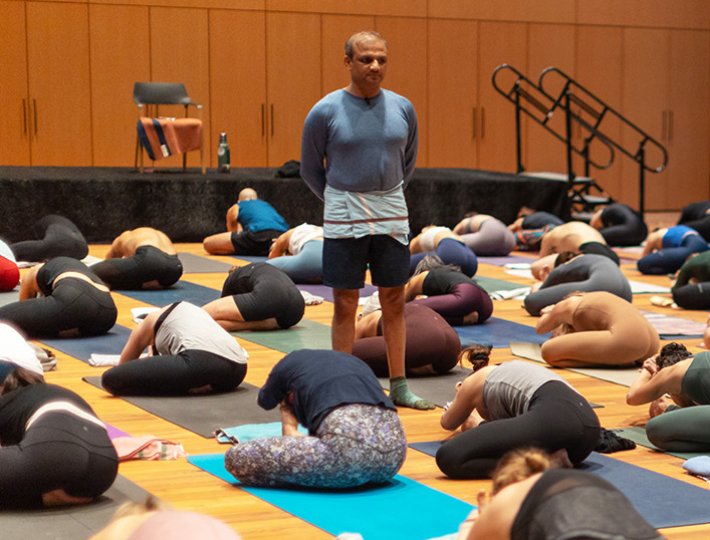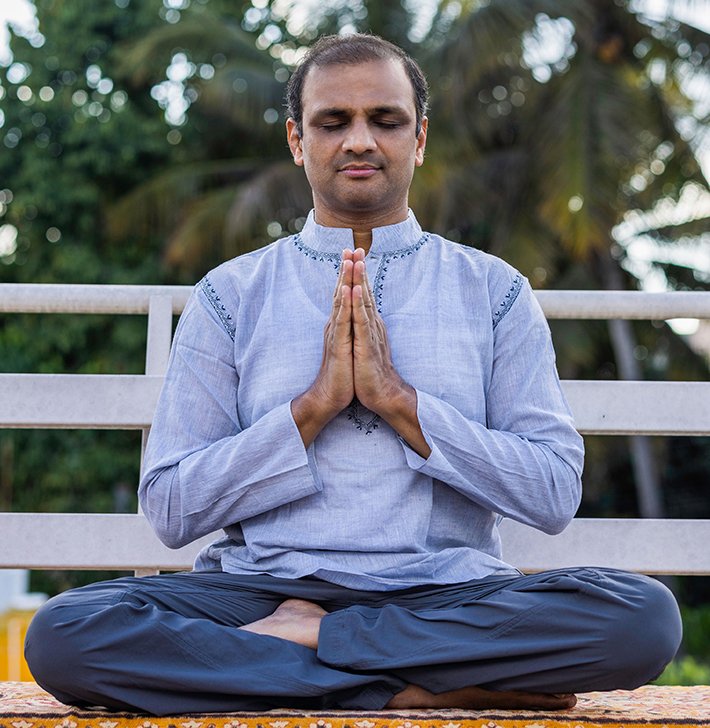Time spent warming up for a workout may seem like it could be put to better use. Maybe you’d rather throw together a new playlist for your run, find the perfect outfit for Zumba, or simply sit on your couch and inhale an energy bar while watching your favorite show on Hulu. But if you don’t set aside 5 or 10 minutes to prepare your body for your exercise session, come go-time you’ll be underperforming and may be at risk of getting hurt.
The benefits of a warm-up are rooted in basic science, according to Alain Aguilar, director of the EXSS Fitness Professional Concentration at the University of North Carolina at Chapel Hill. “When you warm up, you increase your body temperature, which improves the pliability of your muscles so you can stay injury-free,” he says. “The boost in circulation makes for a greater transport of oxygen so you have more energy during your workout and the fluidity of your muscles makes it easier to move.”
Doing targeted drills also gives you time to focus on the best ways to protect your joints, strengthen weak areas, stretch tight areas, move with control, add more thought to your movements, and work with proper form. In other words, the right warm-up will help you perform better, more mindfully, and more safely when you start your actual workout.
Related: A Yoga Sequence to Warm Your Body
How do you translate these principles to motion? Per Aguilar, your warm-up should be customized to address the components of fitness that are necessary for your workout, but might otherwise be neglected during training. For example, if you’re about to go running, you might want to ask yourself which parts of your body could benefit from stretching, which parts could benefit from strengthening, and what other components of movements might be good to brush up on before heading out.
Stumped? Here’s a hint from Aguilar: For most people and most workouts, the must-dos include core work, balance training, plyometrics, and moves that will increase range of motion.
For most people and most workouts, the must-dos include core work, balance training, plyometrics, and moves that will increase range of motion.
“With core work, you train the origin of all movement in the body,” says Aguilar. “With balance training, you learn to strengthen your base support. Doing plyometrics can help you learn to handle a quick load placed on the muscle. Range of motion helps you open the muscles so you can move really big.”
For best results, match the moves you do and the amount of time you spend on each category of movement to the type of activity you’re about to do. If you’re warming up for yoga, you may want to focus mostly on strengthening your core, which is oh-so-important for powering your planks, Chaturangas, and more. Add in moves that increase your range of motion, such as arm circles to open the shoulders or hip circles to open the hips and legs, and you’ll be able to get deeper into most yoga poses come class time. Test your balance with single-leg moves to be stable in postures such as Tree Pose and Warrior III. To build a little heat in your body, you might want to do 30 seconds of powerful plyometric moves such as squat jumps right before rolling out your mat.
This same line of thought can be applied to all activities. In preparation for a run you might want to tap into the power of your legs with jumping lunges, open up the muscles in your thighs and hips with leg swings, and target your core and balance with side planks. Before cycling, you would want to find moves that address the motion, technique, and posture needed for being on a bike.
Related: A Warm-Up and Cool-Down for Cyclists
Add these in and you’re almost ready to go. But before you start, allow a few extra minutes of a easing into your workout by moving less intensely. For example, if you’re going out for a 30-minute run, start with the prescribed 5 to 10 minutes of warm-up moves then squeeze in three minutes of gentle jogging to transition to your actual run.












Comments (0)